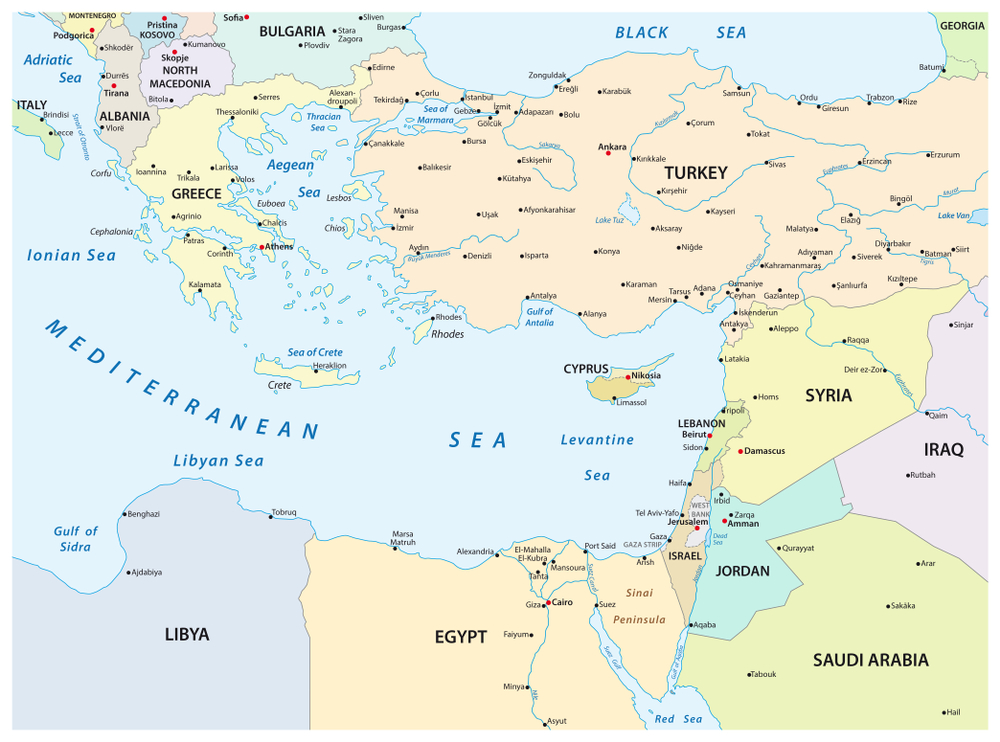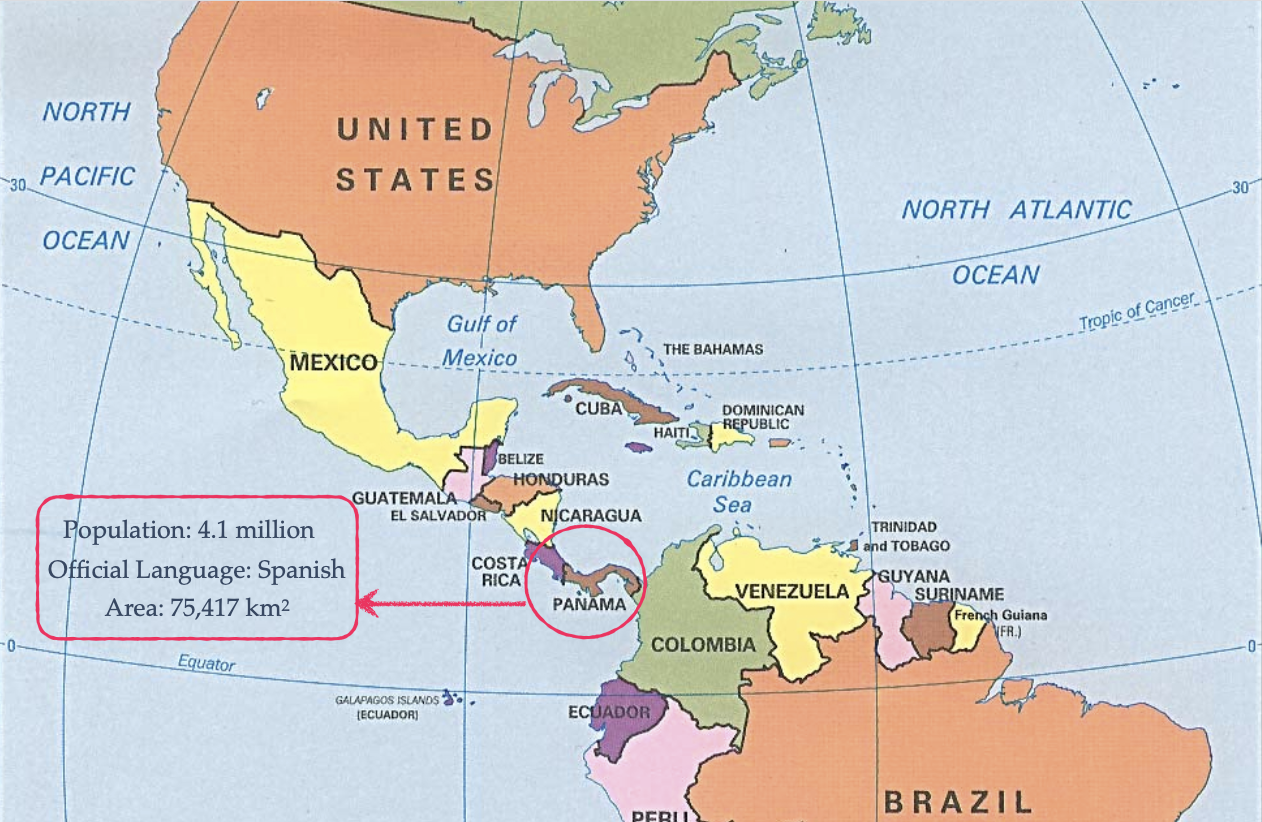- From Part 1, we know Uttar Pradesh (UP) has 31 RS seats; let’s say 5 members from 31 are retiring & there are 8 candidates (A, B, C, D, E, F, G, H) who want to contest for these seats.
- Unlike in The Lower House elections, where the vote is cast for only one candidate, in RS elections, each MLA must give preference for each candidate; so, his/her ballot paper would be like this:
- Now, there are 403 MLAs in Uttar Pradesh and vote of each MLA is valued at 100. So, the total ‘vote value’ available in this case is 40,300.
- To win a Rajya Sabha seat, a certain vote value must be won by the winning candidate. This quota required for winning is calculated using the following formula
{(Number of MLAs in the state X 100)/Number of seats vacating+1} + 1
- From our example, it will be {(403X100)/5+1}+1 = (40300/6) + 1 = 6717
- This means that a candidate needs to have 68 MLAs (6717/100 rounded to the higher side) vote for him as the 1st preference.
- Let us say that after voting, the outcome looks like this:
A – 6000 (60 MLAs ranked as 1st preference)
B – 5900 (59 MLAs ranked as 1st preference)
C – 5800 (58 MLAs ranked as 1st preference)
D – 5400 (54 MLAs ranked as 1st preference)
E – 2000 (20 MLAs ranked as 1st preference)
F – 3500 (35 MLAs ranked as 1st preference)
G – 6200 (62 MLAs ranked as 1st preference)
H – 5500 (55 MLAs ranked as 1st preference)
TOTAL = 40300
- In this scenario, E has got the least number of 1st preferences. So, his name will be eliminated and his set of 2000 votes, will be distributed among the other candidates based on who was marked as 2nd preference in votes, where E was marked as 1st preference.
- Let us say, candidates who gave 1st rank to E, ranked the other candidates as their 2nd preference as following:
A – 600 (6 MLAs who ranked E 1st, ranked A 2nd)
B – 200 (2 MLAs who ranked E 1st, ranked B 2nd)
C – 100 (1 MLAs who ranked E 1st, ranked C 2nd)
D – 100 (1 MLAs who ranked E 1st, ranked D 2nd)
E – Eliminated in the 1st round
F – 300 (3 MLAs who ranked E 1st, ranked F 2nd)
G – 600 (6 MLAs who ranked E 1st, ranked G 2nd)
H – 100 (1 MLAs who ranked E 1st, ranked H 2nd)
TOTAL = 2000
- After adding the distribution of these 2000 votes to 1st round (R1), G receives 6800, so G is elected; tally after 2nd round (R2):
A – 6600 (6000 from R1, 600 from R2)
B – 6100 (5900 from R1, 200 from R2)
C – 5900 (5800 from R1, 100 from R2)
D – 5500 (5400 from R1, 100 from R2)
E – Eliminated in R1
F – 3800 (3500 from R1, 300 from R2)
G – 6800 – Elected (6200 from R1, 600 from R2)
H – 5600 (5500 from R1, 100 from R2)
- Now, F has the lowest number of votes after the 1st two rounds. So, his name will be eliminated and his 3800 votes will be distributed among other candidates based on who was marked as 3rd preference in these votes, where F was marked either 1st or 2nd preference.
























